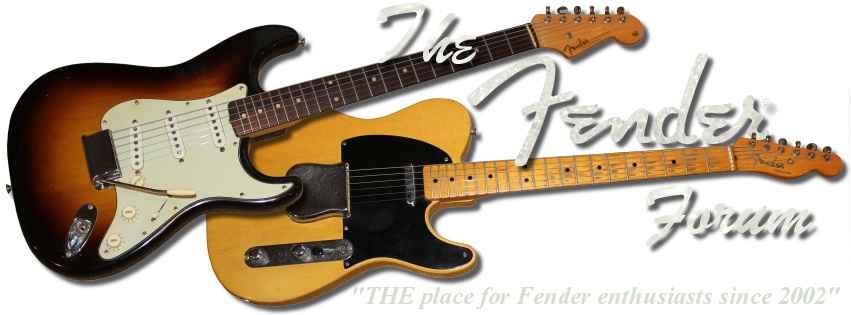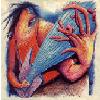Some people like to think of chords as triads, built with the first three notes in the major scale, 1-3-5. Triads are legitimate chords. Four-note chords are constructed the same way: 1-3-5-7. You can continue to build chords, adding what some refer to as "upper tensions" using the same formula: 1-3-5-7-9-11-13. What you get are multiple note chords. Arrangers for big-bands get some of those eerie harmonies you hear this way. Of course on guitar most of us mere mortals can only play at most six notes in any chord.
On guitar, sometimes you can even leave out roots, fifths or thirds depending on what sound you're going for. Once you understand Music Theory 101, it becomes easier to understand chord names and symbols like C7b9b13. That dominant chord would have six notes:
1-C
3-E
5-G
7-Bb
b9-Db
b13-Ab
I usually play it on guitar using only four notes, the 3rd, the 7th, the b9 and the b13. I generally leave out the root and fifth:
3-E
7-Bb
b9-Db
b13-Ab
Those notes capture the feel I want and leaving out the root and 5th makes little difference. There are several ways to play it. Here's one version of how I play it:
C7b9b13
E) - - - x - - - - - - - - Ab (4th fret – b13)
B) - x - - - - - - - - - - Db (2nd fret – b9)
G) - - x - - - - - - - - - Bb (3rd fret – 7)
D) - x - - - - - - - - - - E (2nd fret – 3)
A) - - - - - - - - - - - - mute
E) - - - - - - - - - - - - mute
Here’s another easier voicing for the same chord played a little higher on the neck:
C7b9b13
E) - - - - - - - - z - - - Db (9th fret – b9)
B) - - - - - - - - z - - - Ab (9th fret – b13)
G) - - - - - - - - z - - - E (9th fret – 3)
D) - - - - - - - z - - - - Bb (8th fret – 7)
A) - - - - - - - - - - - - mute
E) - - - - - - - - - - - - mute
And below is yet a third voicing for the same chord.
C7b9b13
E) - - - - - y - - - - - - Bb (6th fret – 7)
B) - - - - y - - - - - - - E (5th fret – 3)
G) - - - - - y - - - - - - Db (6th fret – b9)
D) - - - - - y - - - - - - Ab (6th fret – b13)
A) - - - - - - - - - - - - mute
E) - - - - - - - - - - - - mute
And here are all three voicings shown on the same neck-graph using x, y and z for the different versions.
C7b9b13
E) - - - x - y - - z - - -
B) - x - - y - - - z - - -
G) - - x - - y - - z - - -
D) - x - - - y - z - - - -
A) - - - - - - - - - - - -
E) - - - - - - - - - - - -
=================
Quiz:
=================
1) Are there any other voicings for the same chord?
2) Do you always have to leave out just the root and fifth?
3) When would you use a chord like this, under what circumstances?
4) What chord would it be in a natural chord progression?
5) In what key?
=================
Answers:
=================
1) Of course, there are many other voicings for the same chord.
2) No, you can play them or leave out other tones as well.
3) This is a dominant chord, used to evoke a more blue or more jazzy feel.
4) It would be used as the fifth chord in a natural progression.
5) The key would be F major. The 5th chord in the key of F is C7.



 Reply With Quote
Reply With Quote


